Early Rockford Watch Company Transitional Designs: Stem-Wind & Lever-Set
When the Rockford Watch Company commenced manufacturing in 1876, the prominent American watch companies such as Waltham and Elgin had already introduced innovative stem-wind movements. By the next year, Rockford had adapted their standard 18-Size key-wind movement and was advertising transitional movements in each grade in addition to their essential line of key-wind movements.
Early transitional movements, based on the 18-Size Model 1, featured a rocking-bar winding mechanism and a sliding lever to engage the setting mechanism. The position of this lever was approximately at the :23 mark. Unlike other companies at the time, no patent applications were filed for this innovation.

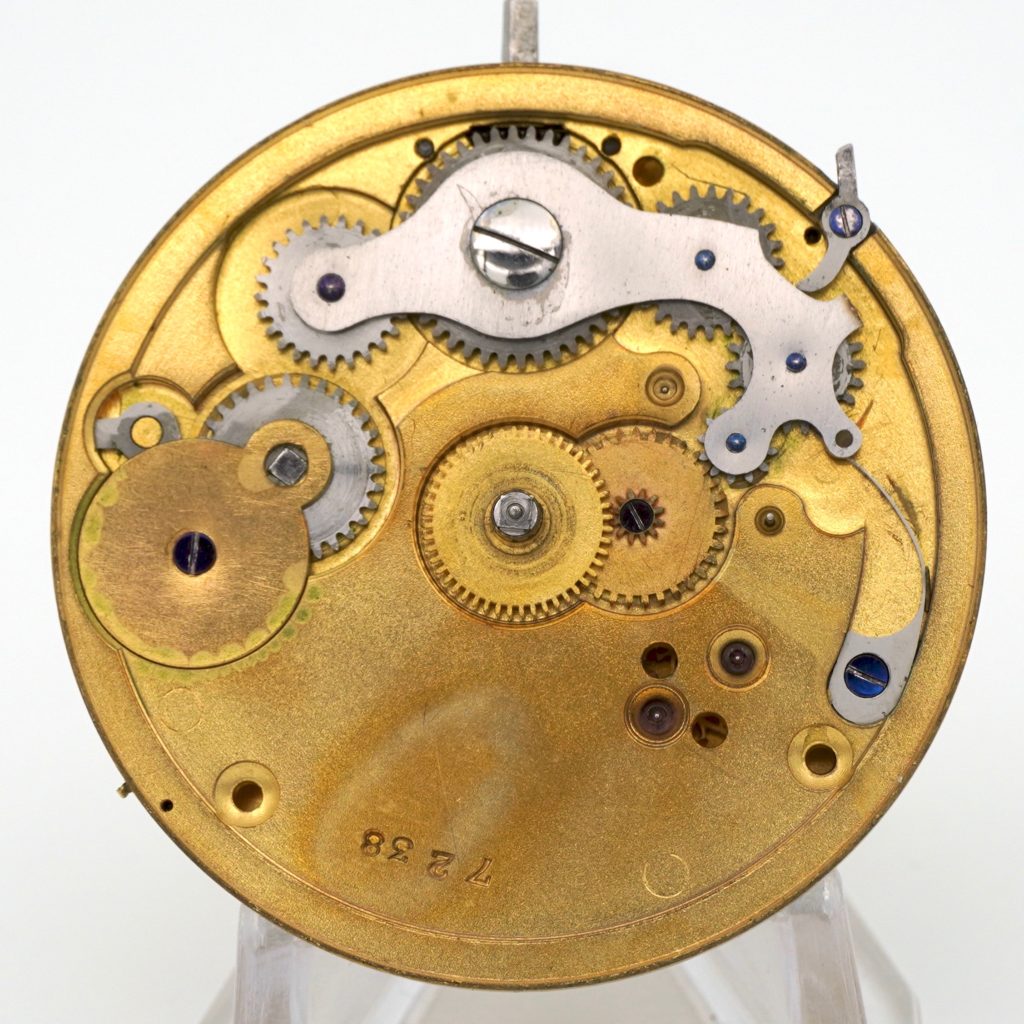
Interestingly, none of the known Rockford material catalogs even list the relevant parts for this mechanism. The “old style” is always correlated with the later swing-out lever design.
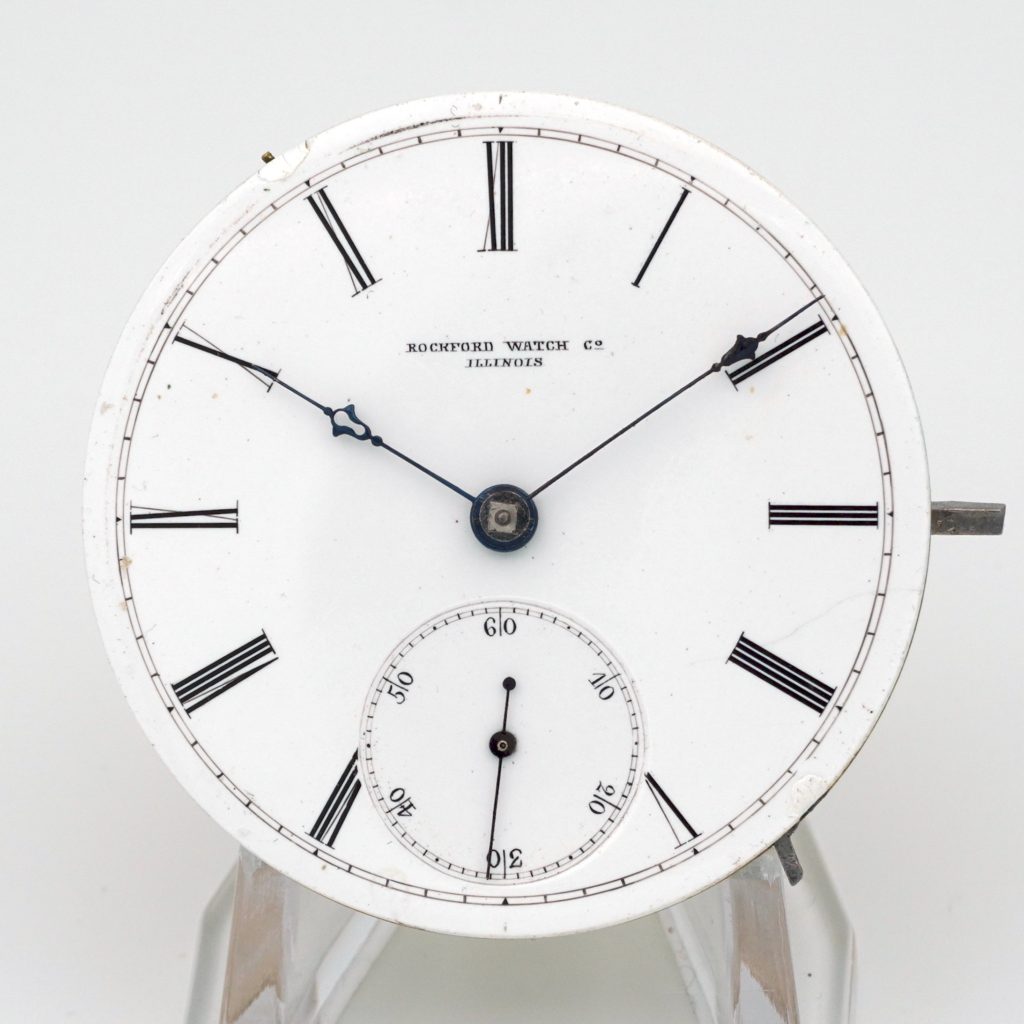

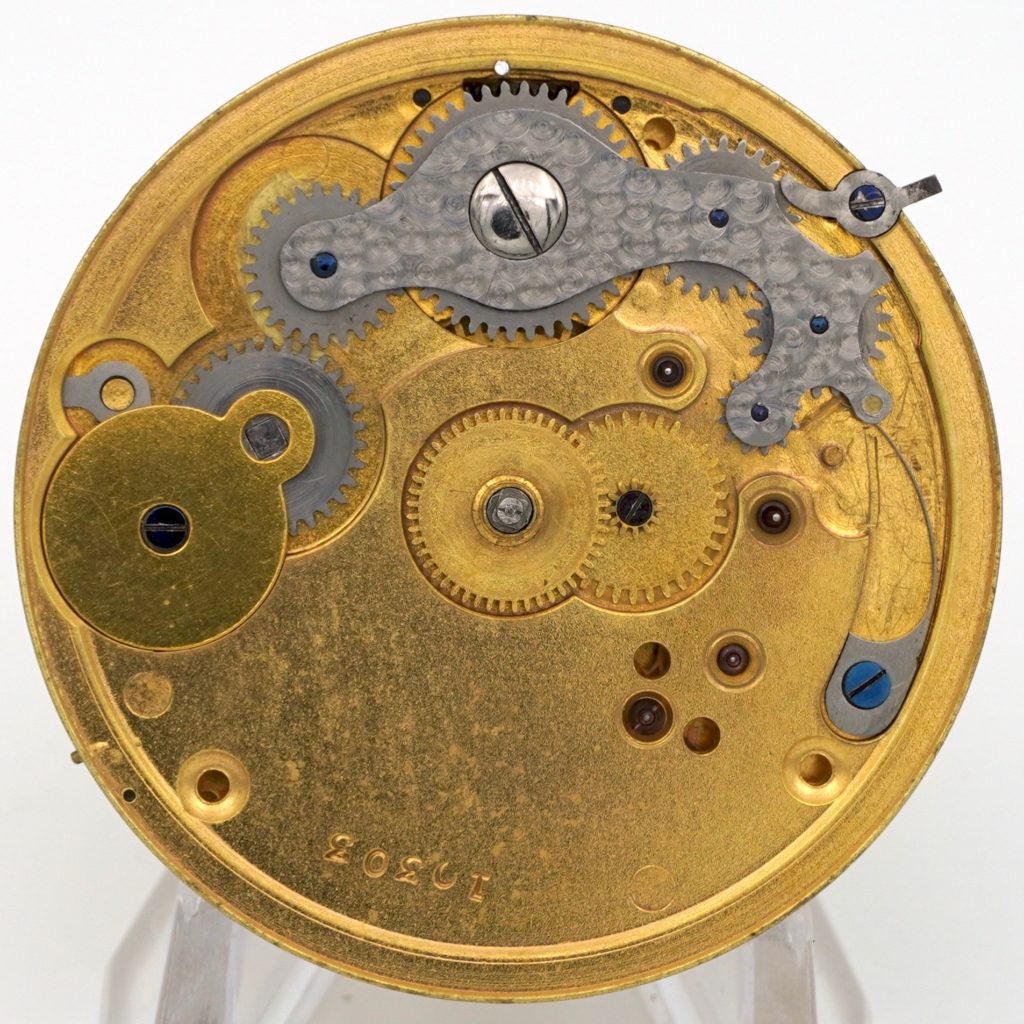

Despite Rockford’s eagerness to catch up to competition, the position of the sliding lever quickly became problematic. As the market moved toward stem-wind and lever-set movements, the watch industry began to standardize the lever location around :26. New cases were being manufactured with lever slot provisions that were incompatible with the Rockford :23 lever location.
As a result, Rockford modified the lever accordingly, humbly acknowledging the looming issues if they continued producing movements that would be difficult to case.
The following Rockford movement (#15243) exhibits how the company began adapting movements to this standard. Beneath the dial, provisions for the sliding lever are still evident and the yoke design is identical. However, a pivoting lever has been added at the standardized lever position.

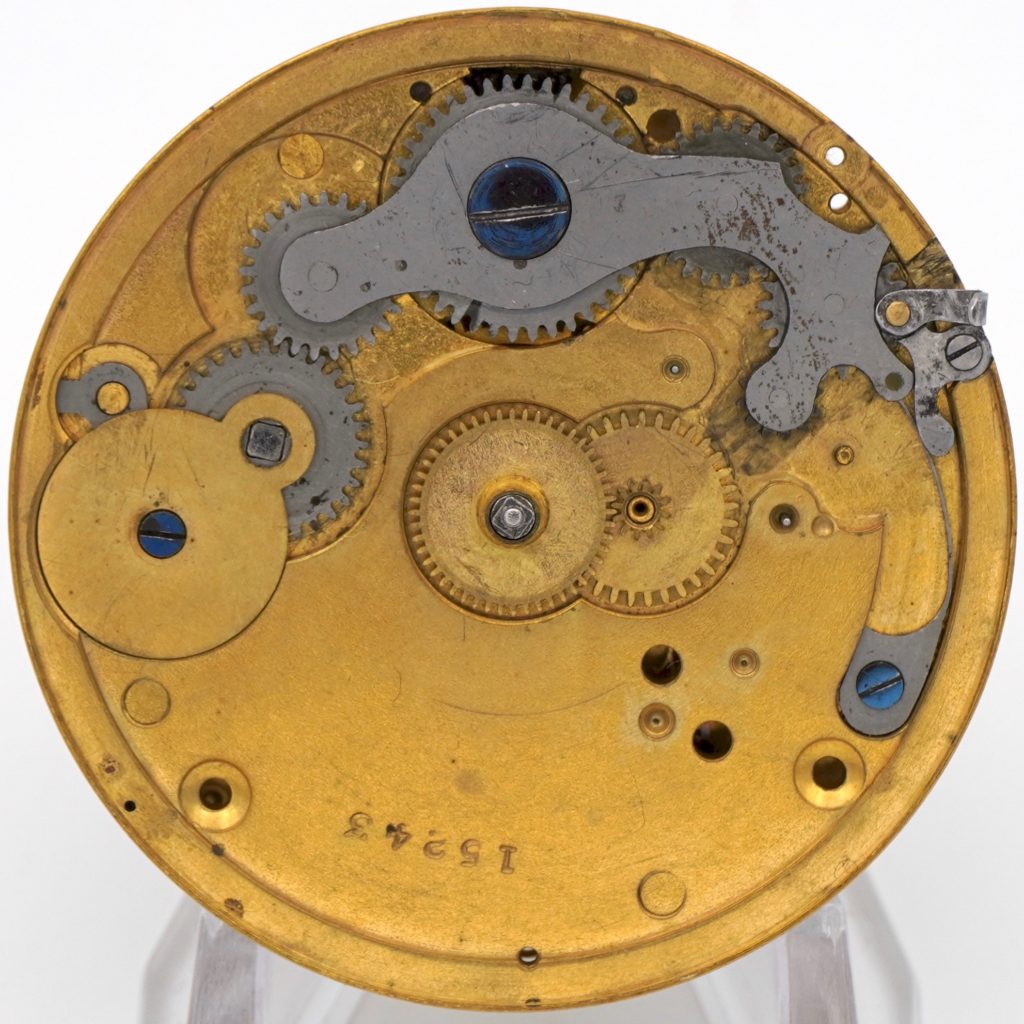

The Rockford Watch Company had showcased their agility in a changing market, desperately keeping up with the innovations of the larger watch companies. However, further adaptation would be required. Both the slide lever and the pivoting lever were difficult to use, and the industry was moving to swing-out levers that were easier to use.
Yet again, the Rockford Watch Company was forced to adapt to market forces to remain viable in the competitive market. The lever mechanism was redesigned, reforming the yoke to accommodate a new swing-out lever.
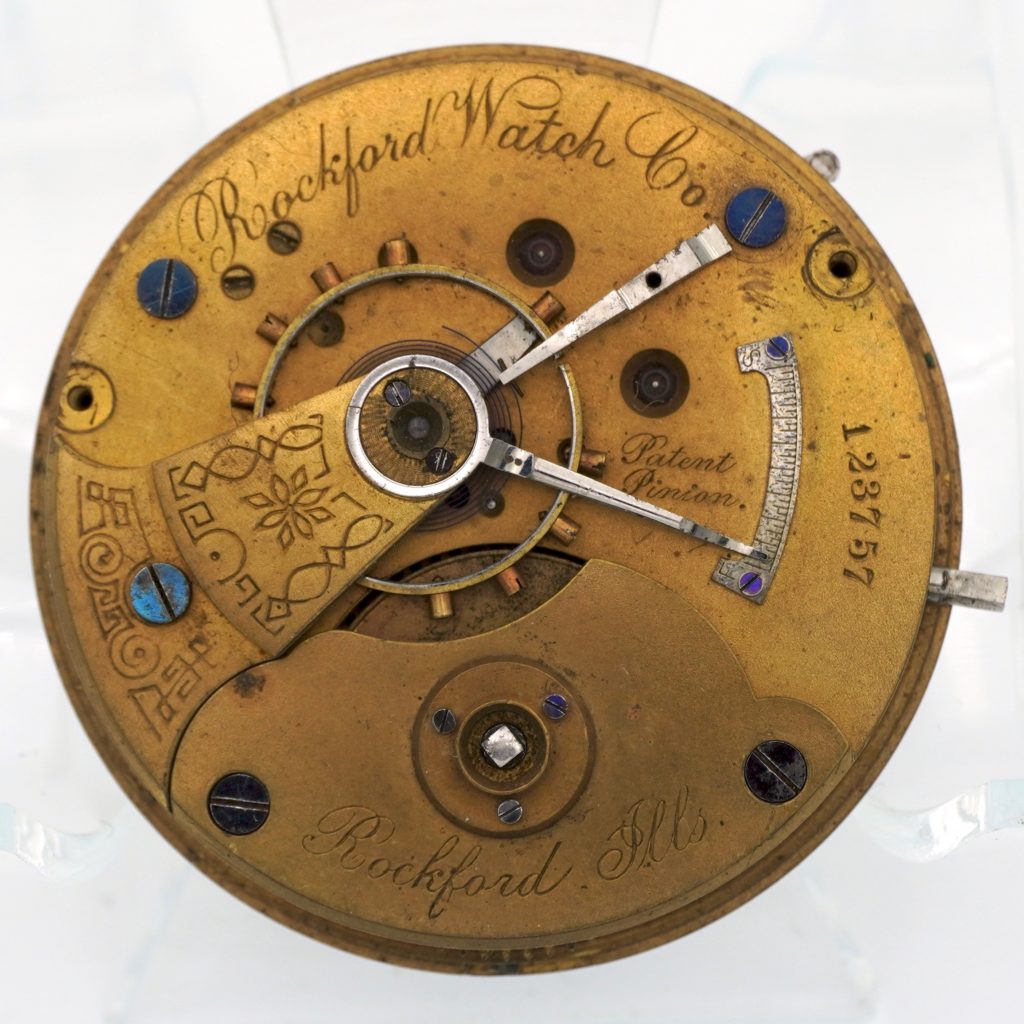
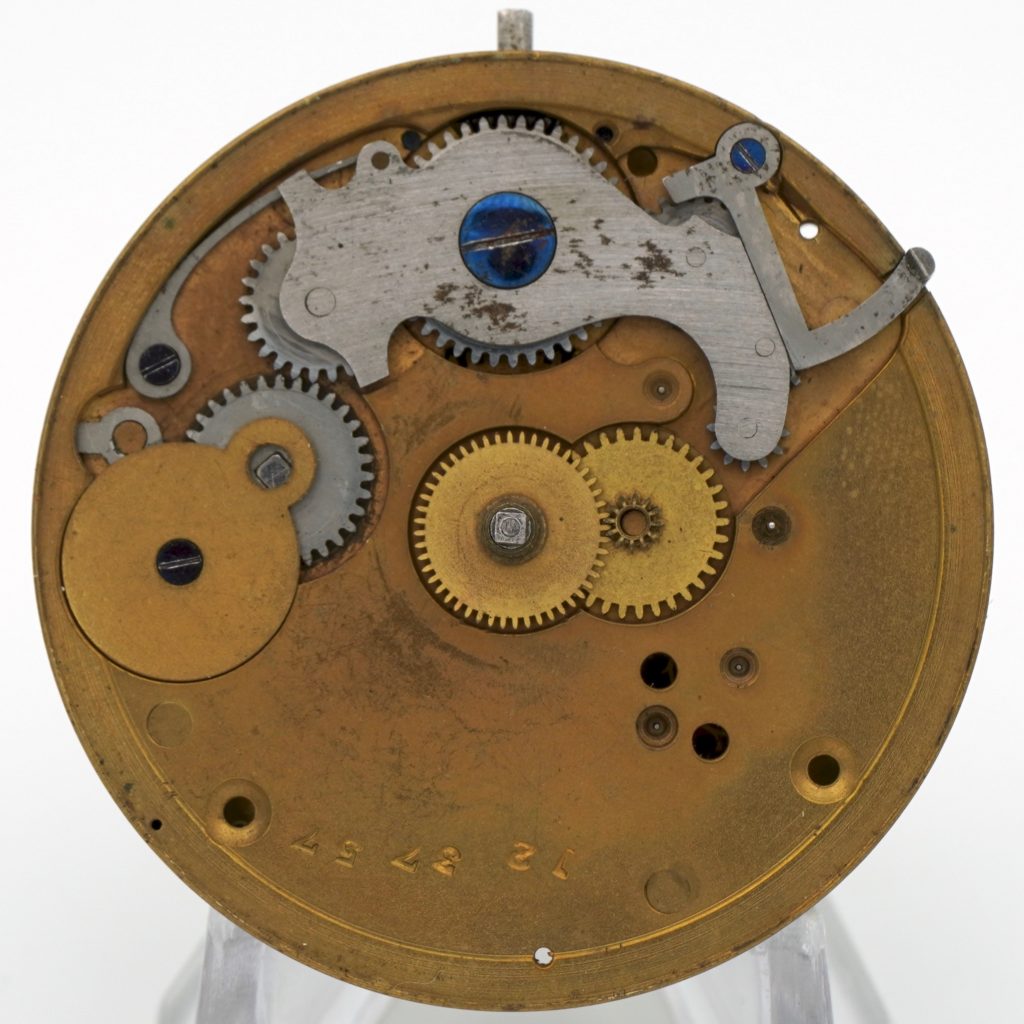
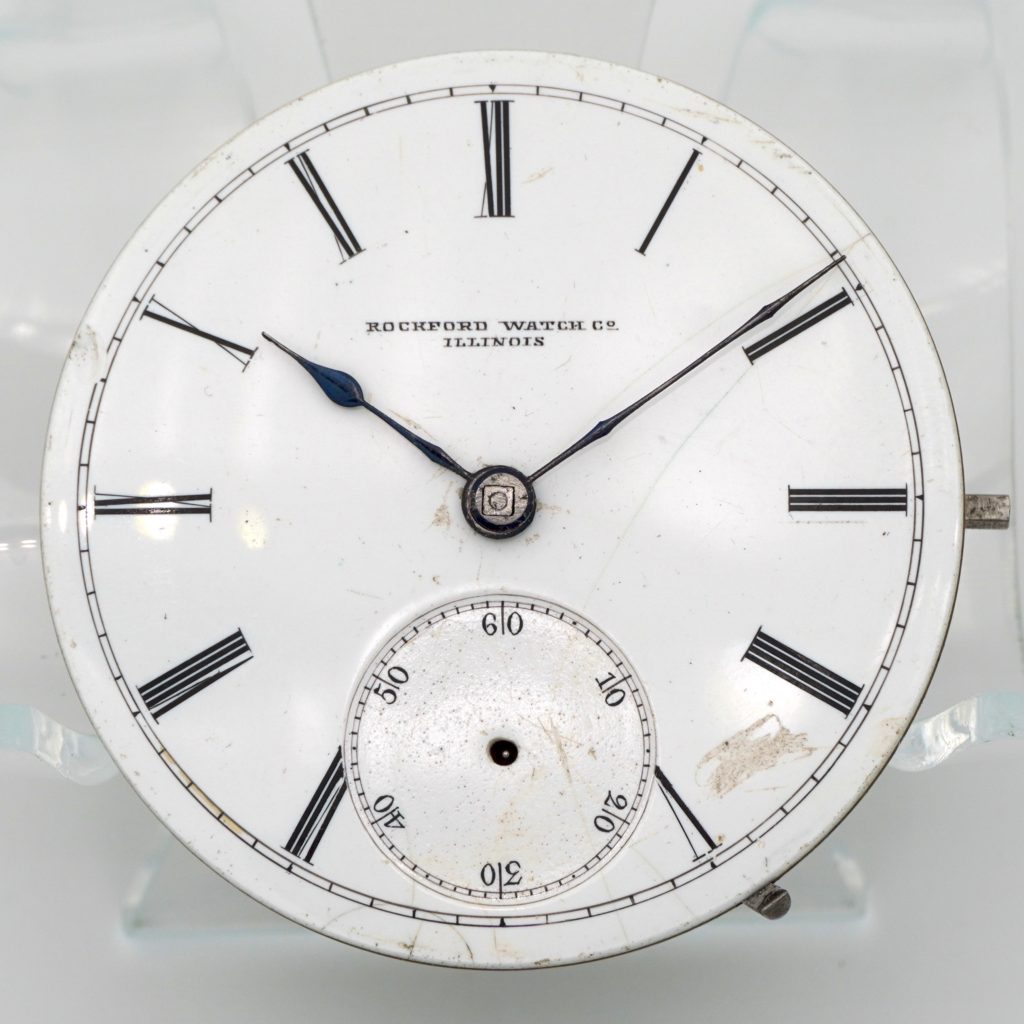
This modified design was utilized on the 18-Size Models 2, 3, and 5.

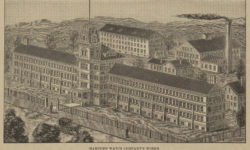
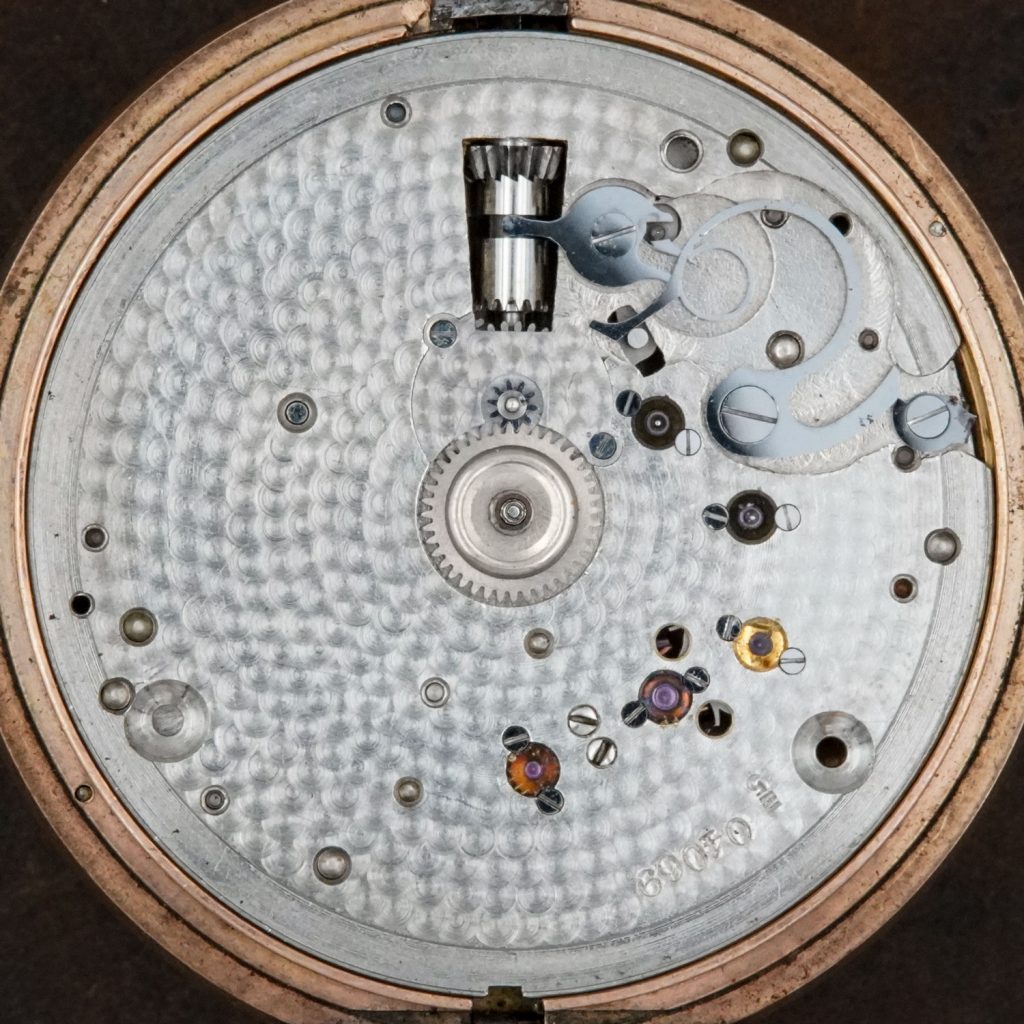
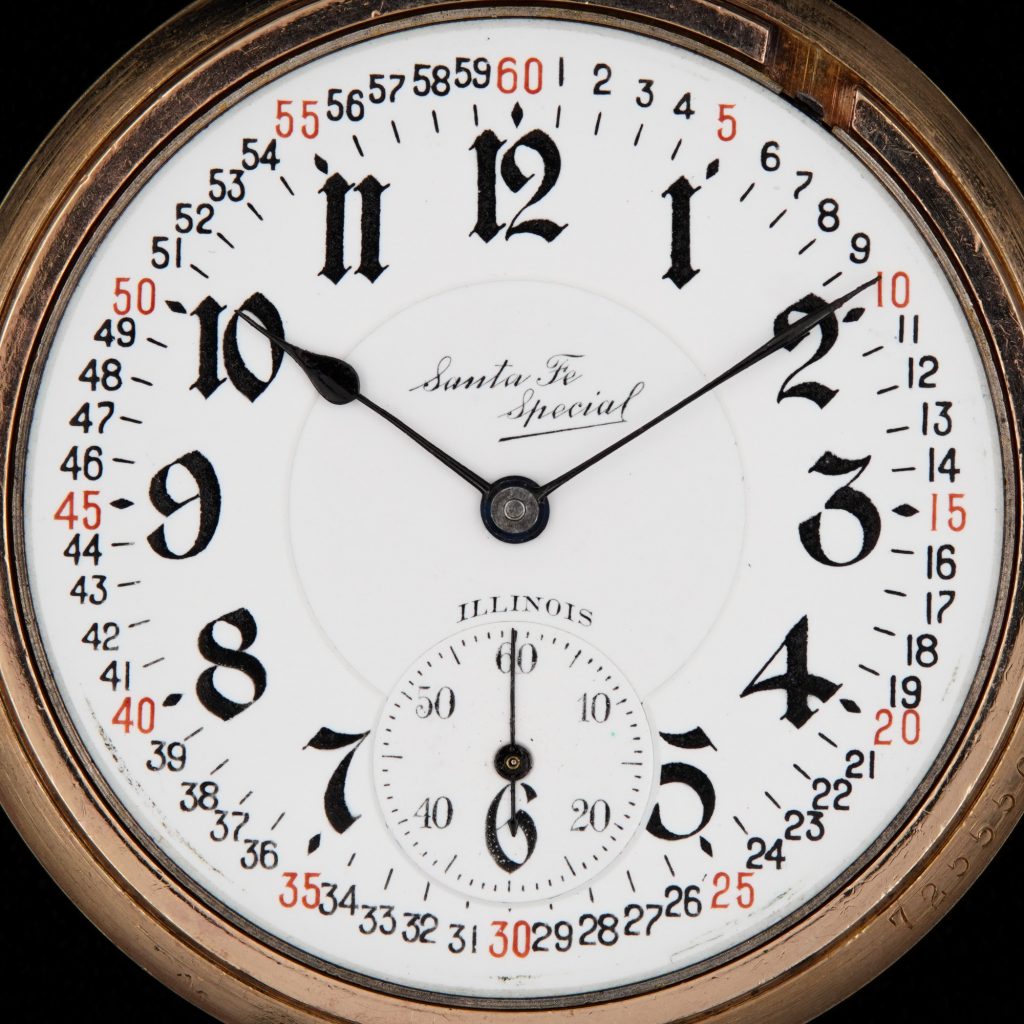
My Rockford and spare movement, both look very similar, Model 1 has 1 screw locating movement and the model 2, 2 screws, otherwise from what I see at present, both look alike. One model 1 has 11J and the other is also a model 1 but marked extra and has 15J. Those designations kept going right into the early stem wind era too, from what I can see, together with the # of fixing screws looking at the drawings.
I have a 19th century Rockford gold pocket watch that belonged to my grandfather. I believe it is a size 18. The hands are distinctive, as they have an interesting detail stamped into them. The watch looks like it should be key wound and key set, however the crown winds the watch, and I cannot unscrew the stem to locate a key.
The front bezel unscrews, but I cannot figure out how to set the watch. It seems to keep time, but I cannot set it to the current time. I was able to pull the crown up to try to set it, but even in the up position, the watch continues to run and I still cannot set the time.
The case seems to have seams that could be opened I knew the secret.
Can you help me with this watch? I would like to find someone who could service it, as it is probable over 140 years old, and is a family heiroom.
Thanks,
Joe
I’m originally from Rockford, IL (My Swedish ancestors settled in Northern Illinois and Wisconsin in the mid to later 1800’s), I became interested in Rockford Pocket Watches in my early 50’s. Now my collection spans 1876-1915. I also have the “Triple Crown” 1876-1878 set, fully operational. I’m quite proud of my collection. I’d really like to leave my Rockford Collection to a museum once I’m gone. Is there any such museum in the Northern Illinois area anymore ? The Clock Tower Inn in Rockford is gone now. I heard there might be a time piece museum in Chicago ? I’d really like to know about this ahead of time and leave the details for my family.
Fantastic. I would recommend reaching out to the National Association of Watch & Clock Collectors (NAWCC). They operate a museum in Columbia, PA that might be perfect for your collection. Here is a link with more information: https://www.nawcc.org/visit/. Perhaps we will see your watches on display someday.